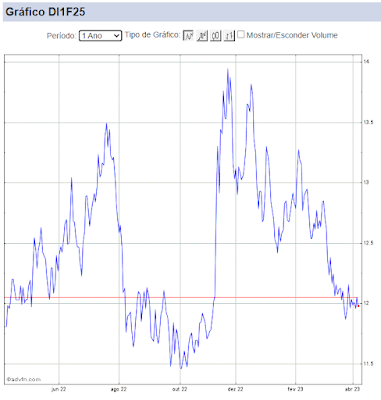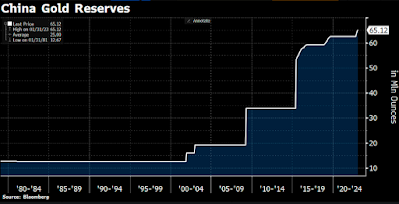Eleições na Europa levemente mais negativas para o cenário.
Os ativos de risco estão abrindo com o dólar levemente mais forte no mundo, as bolsas globais praticamente estáveis e as commodities em alta. Os juros nos mercados desenvolvidos apresentam pequenas variações.
O destaque das últimas 24 horas ficou para as eleições na Áustria e na Alemanha. Na Áustria, a extrema direita apresentou vitória, enquanto na Alemanha o partido de oposição a Merkel ganhou terreno. O resultado pode ser visto como levemente negativo para as perspectivas políticas da região. O maior risco para a Europa ao longo deste ano sempre ficou por conta do cenário político. Os eventos deste final de semana são levemente mais negativos para o cenário estrutural da região, mas mudam pouco o curto-prazo cuja o cenário econômico positivo ainda irá dominar as manchetes.
Segundo o Morgan Stanley:
Austria’s General Election saw the social-democrats (26.9%) falling back behind the Conservative ÖVP (31.6%). The ÖVP is likely to form a coalition with the right wing and populist FPOe (26%). Austria’s new government stands against Macron/Merkel EMU reforms. In Germany, the outcome of the local state election in Lower Saxony saw all parties (CDU, FDP, Greens) starting coalition talks on Wednesday losing support. Today at 9.00am (Ldn), the President of Catalonia Carles Puigdemont will have to clarify whether last week’s announcement was a declaration of independence or not.
Para o Citibank:
· Every election is different – This weekend, voters in Austria and in the similar-sized north-German state of Lower Saxony voted for new Parliaments. In Austria, centre- and far-right parties gained more than 2/3 of the vote together and are likely to form a coalition. Some investors may be concerned about a far-right party in power in a Eurozone core country, but should be reassured as the FPÖ is no longer proposing any in/out referendums. In Germany, the traditional centre-left SPD won in Lower Saxony, and far-right and far-left parties together barely exceeded 10%.
· Austria: right-shift smaller than headline numbers suggest – The centre-right ÖVP was the winner of the election, ahead of the centre-left SPÖ and the far-right FPÖ (see Figure 1). The comparison with the last election in 2013 (see Figure 1) suggests a widely-reported shift to the right, with ÖVP and FPÖ together gaining 13.1pp. That overstates the gain, however: a large part was at the expense of now defunct right-wing parties, which had gained 9% together in 2013.
· Lessons for Italy? – ÖVP-leader Sebastian Kurz can choose between the FPÖ and the SPÖ to form a coalition government. However, we suspect the SPÖ will prefer to enter opposition. The overlapping socially-conservative anti-immigration platforms of the two right-wing parties should facilitate a coalition. The FPÖ has toned down its anti-EU and anti-euro stance materially and abandoned calls for in/out referendums, which should reassure investors. Both parties propose big income tax cuts but are vague on the funding, which suggests that fiscal policy may loosen. The Austrian result will be of interest for Italian politics, where we also see a chance for a centre-right/far-right alliance with good electoral prospects.
· Germany: rare centre-left victory – In Lower Saxony, the incumbent SPD/Greens coalition lost its majority, but the SPD – heavily defeated in the national elections three weeks ago – still scored a convincing victory (see Figure 2). This partial victory is likely to stabilize the party’s very pro-EU leader Martin Schulz.
· Jamaica and extreme parties losing – Chancellor Merkel’s CDU came second, with a historically weak voting share. Her potential coalition partners in Berlin, FDP and Greens, also lost heavily, which suggests a bad start for the envisaged “Jamaica coalition”. Far-right and far-left parties together mustered only 11% of the vote. The AfD has strongholds in the east and the south of Germany but struggles in the north. At the same time, the party faced local adversities, suggesting that the 6.2% it did receive reflect a solid core vote above the 5% threshold.
· The most immediate consequence is that the SPD will now try and form a government in Hanover. If it succeeds, it can use the votes in the upper house of federal Parliament (Bundesrat), to thwart the Jamaica coalition’s policies. For the potential Jamaica coalition, this is an inauspicious start. Still, CDU, CSU, FDP and Greens are scheduled to start talks in Berlin on Wednesday, according to FAZ. A successful conclusion before Christmas remains our base case.
Na China. O CPI de setembro recuou de 1,8% YoY para 1,6% Yoy, dentro das expectativas do mercado. O PPI saiu de 6,3% YoY para 6,9% Yoy, muito acima das expectativas. Os números em pouco alteram o cenário econômico para o pais e, muito menos, as perspectivas para a política monetária de curto-prazo.


Comentários
Postar um comentário